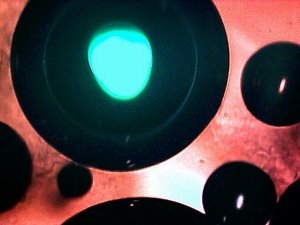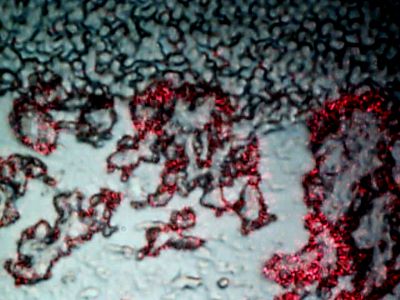
BLOOD ISSUES INTENSIFY
This paper discusses and presents applications of three independent methods established that appear to confirm the presence of developing modified erythrocytes (red blood cells) within cultured dental samples. These samples exhibit the characteristics of the Morgellons condition as previously researched and identified. All individuals tested thus far have produced the dental filamentous materials, regardless of whether visible skin anomalies are present or not. The erythrocytic detection methods are:
1. Direct observation under the microscope at relatively high magnification (8000x - 10000x) using developed microscopy techniques.
2. The use of the Kastle-Meyer presumptive test (visual and microscopic, sensitive test) for blood, a method commonly used in forensics for blood identification.
3. The HEMASTIX (TMP) presumptive forensic test (very high sensitivity) commonly used for blood identification.

